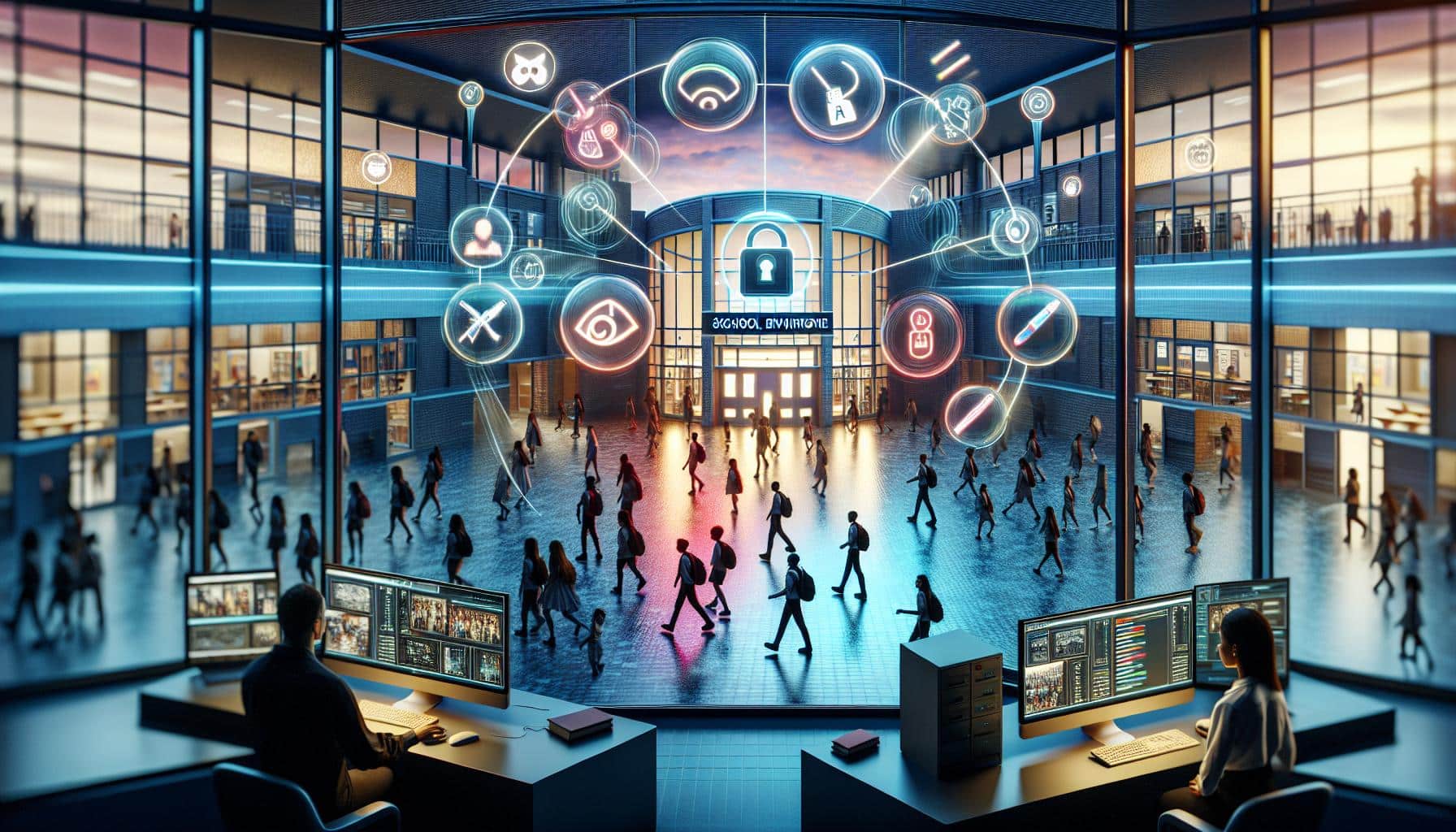ERC-404: Merging the World of Fungible Tokens and NFTs
Developers are working on a groundbreaking Ethereum standard, ERC-404, that aims to merge the usually incompatible ERC-20 tokens with ERC-721 NFTs. This innovative concept could allow for fractional ownership of iconic NFTs, revolutionizing the crypto space.
The ERC-404 Hybrid Token Concept
ERC-404 tokens, the result of merging ERC-20 and ERC-721, would enable multiple wallets to own fractions of the same NFT, making it possible to trade or use them like any ERC-20 token. This disintermediated approach opens up new possibilities for fractional ownership.
Ethereum, Adoption, and Criticisms Raised by ERC-404
Despite its experimental status, the ERC-404 standard has already gained significant attention in the crypto ecosystem. Key players like Binance and OKX initially expressed their support, highlighting the potential of this concept. However, criticisms have been raised regarding security flaws and the risk of theft on poorly-configured platforms. Thorough audits and checks will be necessary to ensure the safety of this experimental technology.
The Future of Digital Ownership
While ERC-404 faces technical challenges and controversies, the concept of fractional NFTs has generated considerable excitement. Ethereum’s ERC-404 standard, if properly audited and secured, could bring about a major revolution in the world of cryptocurrencies and digital ownership. The next steps of this experimental project will be crucial.
Analyst comment
Positive news: The development of ERC-404, which merges ERC-20 tokens with ERC-721 NFTs, is seen as a groundbreaking concept that could revolutionize the crypto space. It enables fractional ownership of iconic NFTs and has gained significant attention, with support from key players like Binance and OKX. However, there are concerns about security flaws and theft risks that need to be addressed through thorough audits and checks. If properly audited and secured, ERC-404 could bring about a major revolution in the world of cryptocurrencies and digital ownership. The next steps of this project will be crucial.













